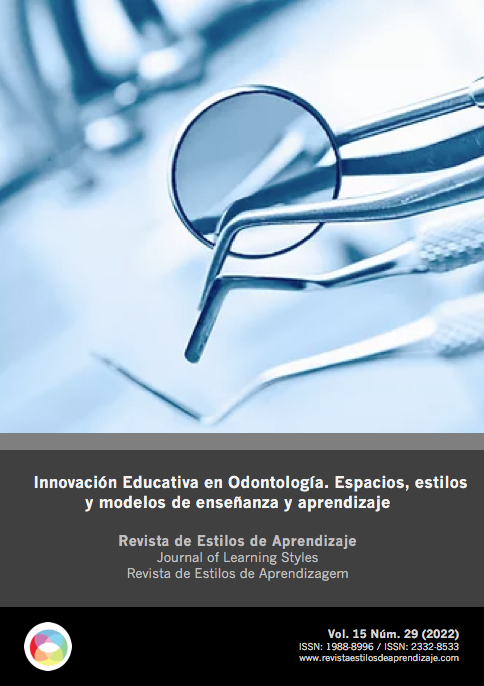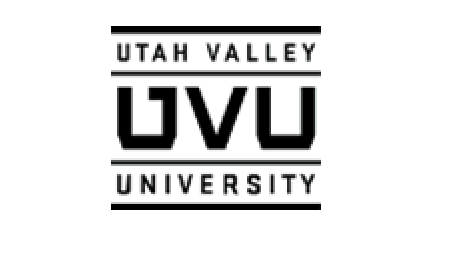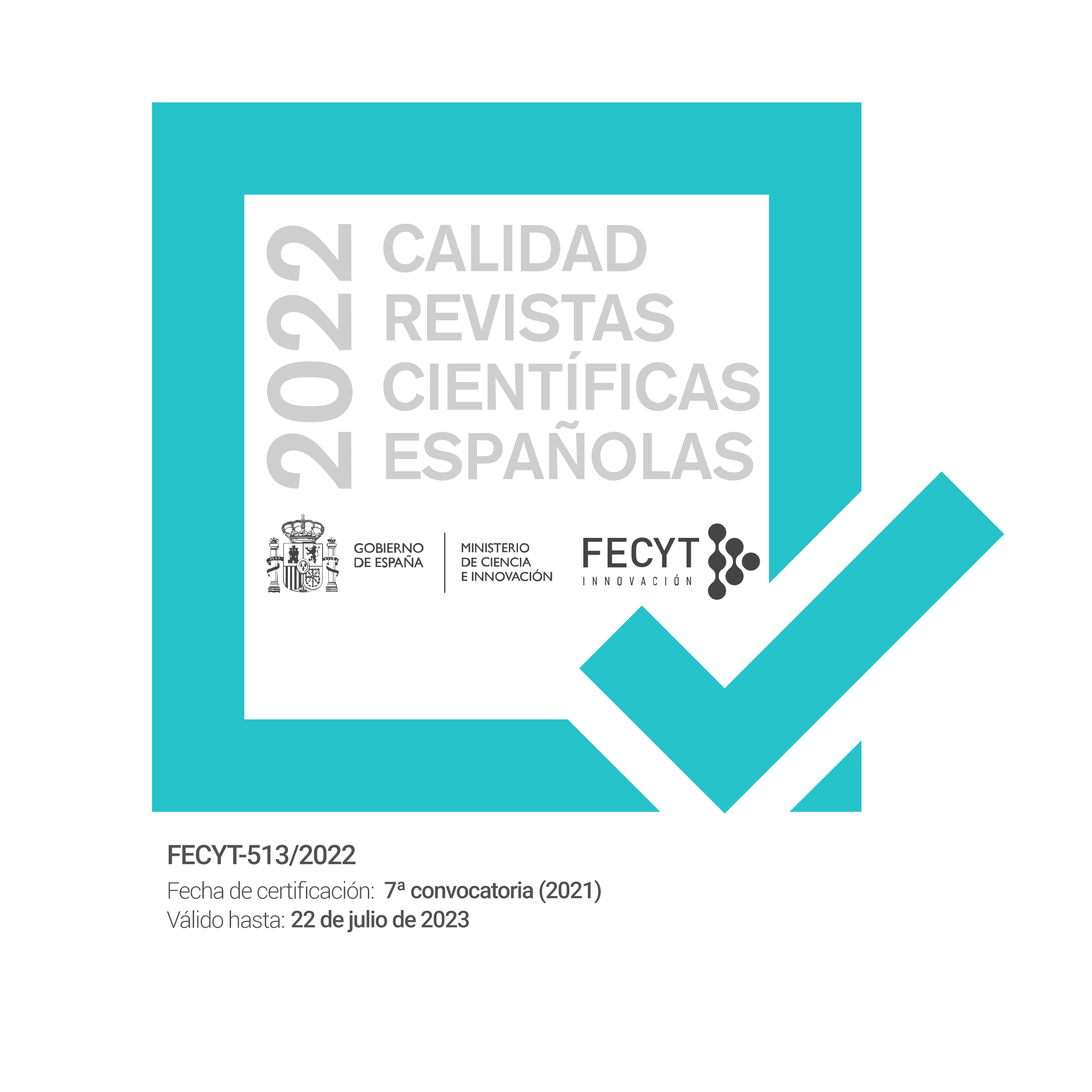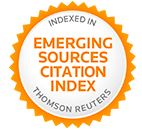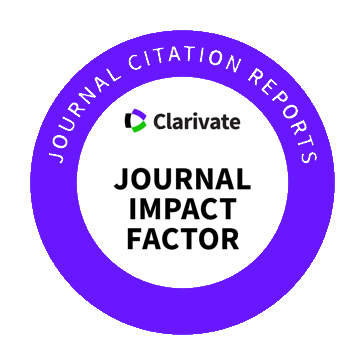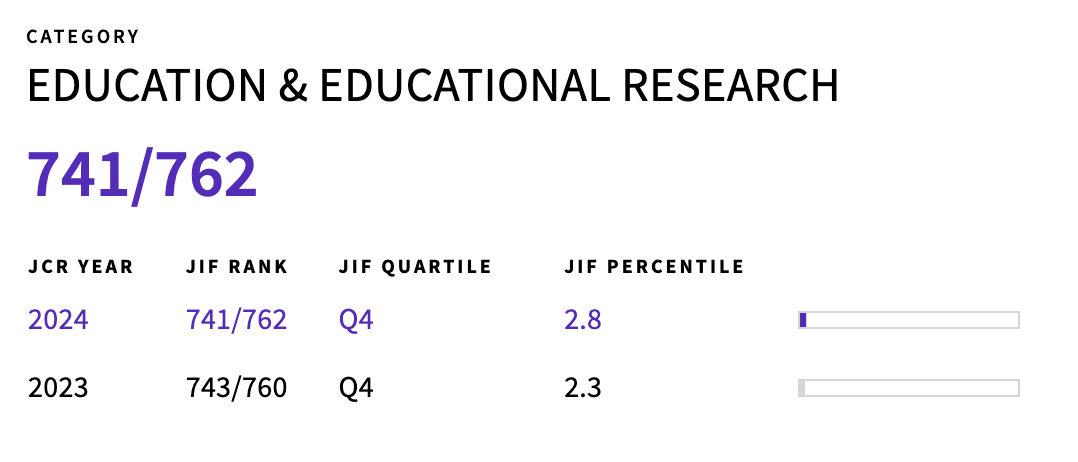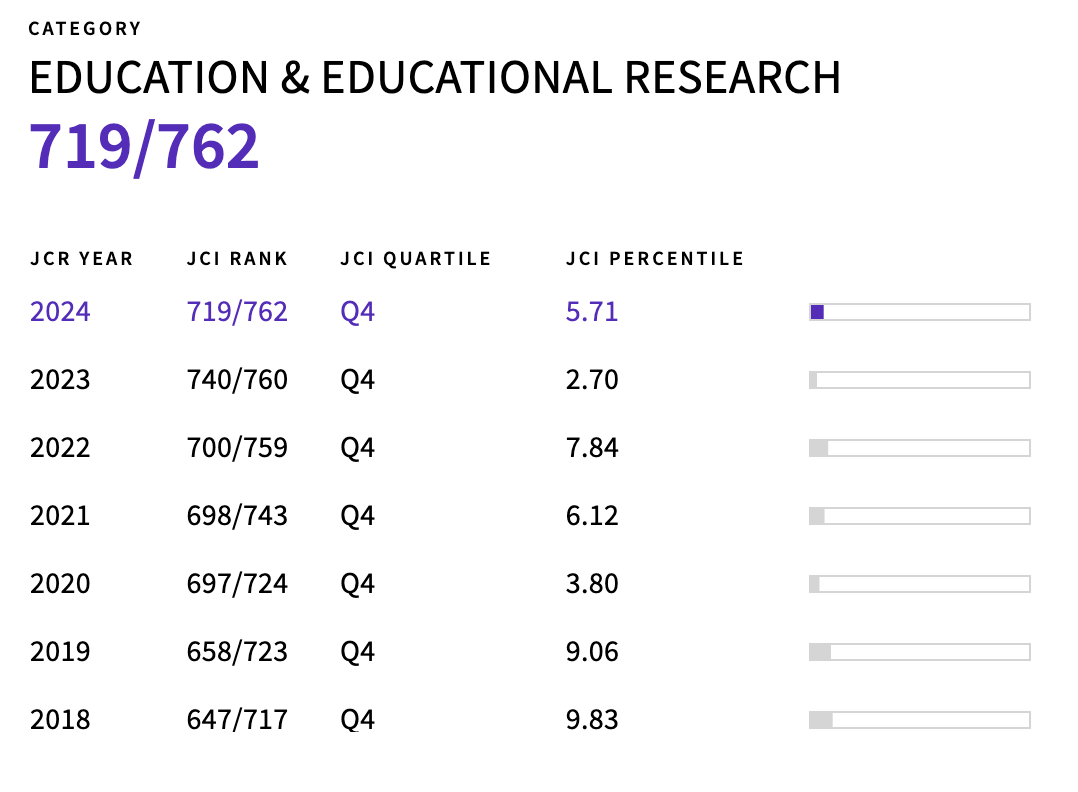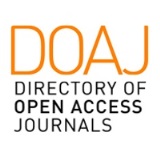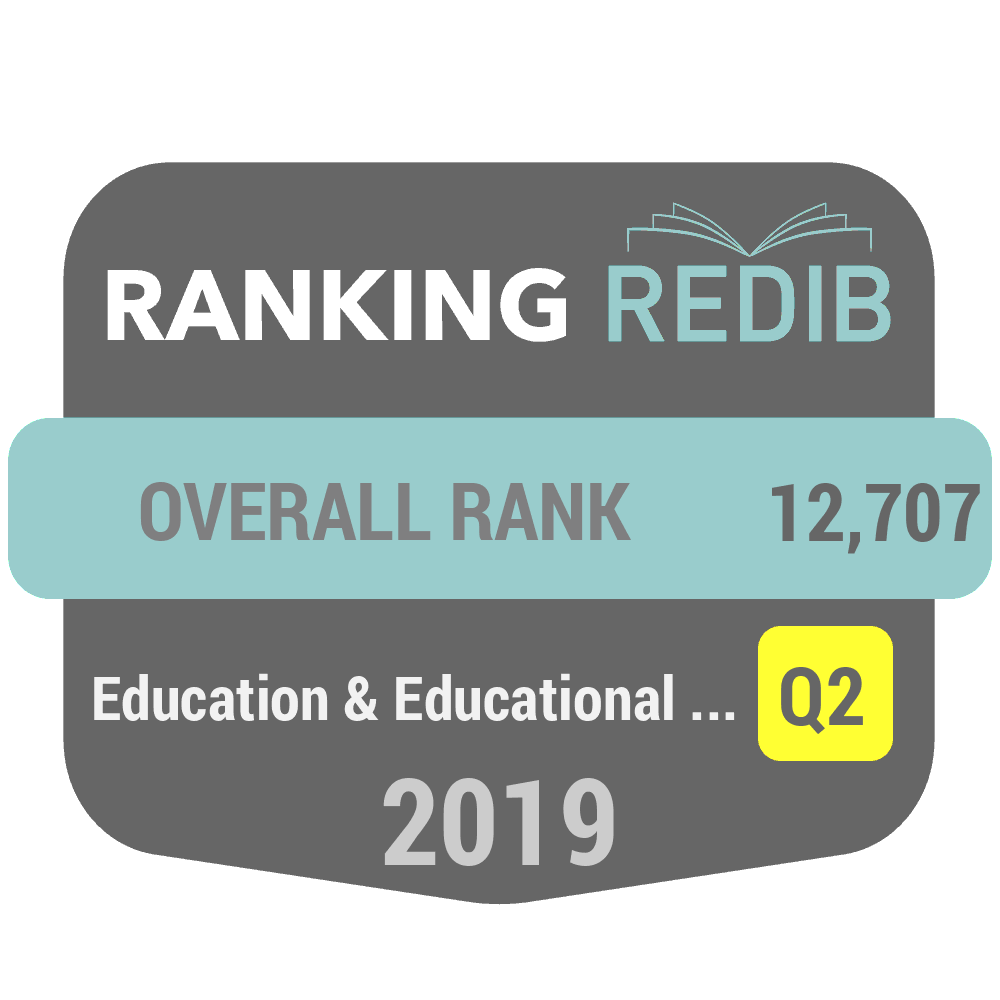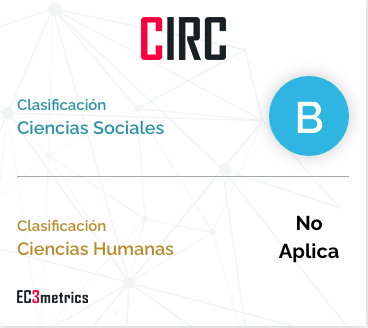Bringing time back to childhood. Slowness and art as educational elements after the period of social distancing
Slowness and art as educational elements after the period of social distance.
DOI:
https://doi.org/10.55777/rea.v15i29.3935Keywords:
childhood; time; education; art; slownessAbstract
In a constantly evolving society where acceleration and immediacy predominate, people have been forced into a strong change. The health crisis provoked by Covid-19, has forced us to take the time awareness as a highly complex element, highlighting the value of cognition of its three dimensions (past-present-future). The purpose of this essay is to rebuild the sense of time, understood as a one of the key elements of life in society and in the educational processes. Rediscovering the waiting, the slowness is essential for current education. In this sense, it is necessary to educate in order to give back to childhood the possibility of living the present, like the only way to think about the past. The aim of this paper is to justify, thought a bibliographic review, the need to rethink the concept of time understood as an indispensable dimension for the development of the individual and for the construction of community after a time of social distancing. For that, the essay is based on the importance of using the arts in the education to recover a balanced temporary, as well as strengthen the individual and his social relations within the community linking three elements: education, art and time.
Downloads
References
Arnheim, R. (1993). Arte y percepción visual: psicología del ojo creador. (edición original, 1954. Art and visual perception. University of California Press). Alianza.
Castellazzi, V. L. (2020). Il tempo. L’estendersi dell’esistenza. Edizioni scientifiche. Ma.gi.
Claxton, G. (1999). Cerebro de liebre, mente de tortuga: Por qué aumenta nuestra inteligencia cuando pensamos menos. Urano.
Contri, C. y /Autora/ (2019).
Dallari, M. (2005). La dimensione estetica della Paideia. Erickson.
Delors, J., Amagi, I., Carneiro, R., Chung, F., Geremek, B., Gorham, W., Kornhauser, A., Manley, M.,Padrón, M., Savané, K.S., Stavenhagen, R., Myong W.S. & Nanzhao, Z. (1997). La educación encierra un tesoro: informe para la UNESCO de la Comisión Internacional sobre la Educación para el Siglo Veintiuno. Unesco.
Dewey, J. (1989). Cómo pensamos. Nueva exposición de la relación entre pensamiento y proceso educativo. Paidós.
Dewey, J. (2008). El arte como experiencia (primera edición 1934). Paidós.
Domènech, J. (2009). Elogio de la educación lenta. GRAÔ.
Durkheim, E. (1975). Educación y sociología. Península.
Eisner, E. W. (2014). El arte y la creación de la mente. Paidós.
Elias, N. (1989). Sobre el tiempo. Fondo de Cultura Económica.
Gardner, H. (1987). Arte, mente y cerebro. Paidós.
Gimeno, J. (2008). El valor del tiempo en la educación. Morata.
Fuentes, J. L. (2021). El asombro: una emoción para el acceso a la sabiduría. Revista Española de Pedagogía, 79(278), 77-93. https://doi.org/10.22550/REP79-1-2021-08
González, R. (2019). Las rutinas en el nivel de educación inicial. HELIOS, 2(2) 447-452. http://doi.org/10.22497/Helios.22.2208
Halbwachs, M. (2004). Los marcos sociales de la memoria. ANTHROPOS.
Halbwachs, M. (2013). La memoria colectiva. Axolotl.
Hoyuelos, A. (2006). El taller de expresión y Loris Malaguzzi. Reflexiones sobre la relación entre niños, arte y artistas. https://acortar.link/hfyy0O
Huici, V. (2007). Espacio, tiempo y sociedad. Variaciones sobre Durkheim, Halbwachs, Gurvitch, Foucault y Bourdieu. Akal.
Ivaldi, E. (2014). Educación, arte y creatividad en las infancias del siglo XXI. En P. Sarlé, E. Ivaldi y L. Hernández (Eds.), Arte, educación y primera infancia: sentidos y experiencias (pp.11-27). Organización de Estados Iberoamericanos para la Educación, la Ciencia y la Cultura (OEI). https://acortar.link/hfyy0O
Juanes, B., Munévar, R., & Cándelo, H. (2020). La virtualidad en la educación. Aspectos claves para la continuidad de la enseñanza en tiempos de pandemia. Conrado, 16(76), 448-452.
López Fernández Cao, M. (2015). Para qué el arte: reflexiones en torno al arte y su educación en tiempos de crisis. Fundamentos.
López Fernández Cao, M. (junio 18, 2020). El arte, esencial en la educación. El País. https://acortar.link/hfyy0O
Mesas Escobar, E. C. (2021). Educación artística y emocional a través del teatro de títeres. En Barragán Martín, A., Molero Jurado, M; Martos Martínez, A.; Simón Márquez, M.; Gázquez Linares, J.; Pérez-Fuentes, M. (comps). Innovación docente e investigación en arte y humanidades: nuevos enfoques en la metodología docente (pp. 603-613).
Moses, S. (1992). L’ange de l’histoire. Rosenzweig, Benjamin, Scholem. Seuil.
Palacios, L. (2006). El valor del arte en el proceso educativo. Reencuentro. Análisis de Problemas Universitarios, (46), 2-22. https://acortar.link/hfyy0O
Quiroga, P. y /Autora/ (2019).
Rifkin, J. (1987). Las guerras del tiempo: el conflicto fundamental de la historia humana. Editorial Sudamericana.
Sandín, B., Valiente, M., García-Escalera, J., & Chorot, P. (2020). Impacto psicológico de la pandemia de COVID-19: Efectos negativos y positivos en población española asociados al periodo de confinamiento nacional. Revista de Psicopatología y Psicología Clínica, 25(1), 1-22 https://doi.org/10.5944/rppc.27569
Zavalloni, G. (2008). La pedagogía del caracol. Por una escuela lenta y no violenta. GRAÔ.
Downloads
Published
How to Cite
Issue
Section
License
By submitting the original, the author(s) declare that they are aware of and accept, in full, the privacy policy as well as the copyright of the Learning Styles Magazine.
The Learning Styles Magazine offers free and open access to its content, completely free of charge, in order to bring scientific research to its readers and society in general. All digital contents are free and open access and are published under a Creative Commons license:

Rights are granted under the Creative Commons Reconocimiento-NoComercial-SinObraDerivada 4.0 Internacional (CC-BY-NC-ND 4.0)
The Learning Styles Magazine is an open access journal. Publication of articles or reviews in the Journal does not entitle you to any remuneration. For authors as well as readers, the journal is free Creative Commons Reconocimiento-NoComercial-SinObraDerivada 4.0 Internacional (CC-BY-NC-ND 4.0).
With this licence, the reproduction and dissemination of the contents of the magazine for educational, social and knowledge transmission purposes is permitted, without any profit motive in mind, provided that the source and authorship are not modified. The licence granted to Learning Styles Magazine allows the copying and distribution of the magazine's contents, as long as the authorship of the work is recognised, correctly specifying the author and the publishing entity. The work may not be used for commercial purposes, nor may it be altered, transformed or generated from this work.
The publication of articles or reviews in the Journal does not give the right to any remuneration.
The Learning Styles Journal invites the author/authors to increase the visibility and scope of their articles published by re-disseminating them in:
- Web spaces and personal networks, as well as in scientific meetings and forums
- Open institutional archives in Universities, educational repositories and Research Centres.
- Academic and scientific networks (Researchgate, Academia.edu, Plubons, etc.)
All these spaces and publications must include all the bibliographic data of the publication.

